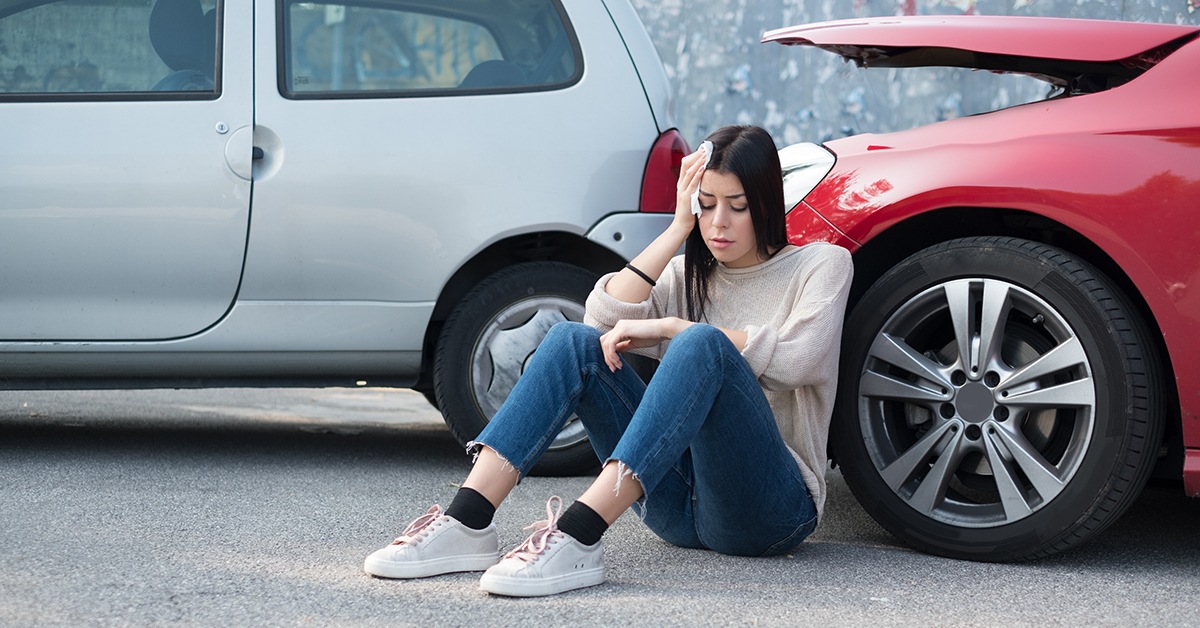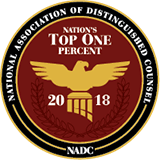
Don’t wait to take pictures of your injuries. They really matter.
No matter how vividly we might describe our clients’ injuries to a judge, jury, or insurance adjuster, the fact is that nothing makes an impression quite like a photograph.
The steps you take now (right after the accident) could make a critical difference in the claims process that will follow over the months ahead.
One of the first and most important of those steps: documenting evidence.
Let’s look at the importance of photographing visible injuries soon after a personal injury accident — as well as how to take those photos, what to do with them, and how to strengthen your case with other kinds of evidence too.
5 Reasons Why Photographing Injuries Is So Important to a Personal Injury Claim
Insurance companies don’t analyze claims with your best financial interests in mind. Their goal is to pay you as little money as possible… and they’re good at what they do.
1. Injuries heal, but photographs stay the same.
Healing happens slowly — so slowly that you might not notice the changes day to day. But believe it or not, your wounds probably look a little different every morning — and maybe even every hour. It’s important for juries to understand what your injuries looked like at their worst, not after weeks of recovery. That’s why we want you to photograph any visible injuries as soon as possible.
2. Judges and jurors are human.
While courtrooms are intended as impartial and objective, the truth is that emotional connections matter a lot. Photographs help to create an emotional bridge between the jury’s empathy and your experience of pain.
3. Photographs don’t lie.
Photographs are among the most credible and persuasive evidence you can offer in a personal injury case. It’s a lot harder for the other side to argue about your injuries when they’re visible — in plain and graphic detail — for all to see.
4. The insurance company understands the value of a good photograph.
So far, we’ve talked about the importance of photographing any visible injuries for a jury’s sake. But the overwhelming majority of personal injury claims are resolved through private insurance settlements, meaning they never go to trial.
Nevertheless, even in the settlement negotiation process, photographs are extremely important. Insurance companies are more motivated to settle fairly when they fear the outcome of a trial. They realize that strong photographic evidence increases the likelihood of an adverse outcome in court, thus improving your chances of negotiating an advantageous settlement.
5. Not having photographs makes it easier for the insurance company to deny your claim.
For insurance companies, a common defense strategy is to accuse the victim of exaggerating the injuries. They might even accuse you of fabricating your damages altogether. Alternatively, they might argue that something else caused your injury and now you’re trying to pin it on them.
Without photographs, it’s even easier for the insurance company to make these kinds of arguments. But with strong photographic evidence on your side, they’ll have a harder time disputing your claim.
How Do I Photograph My Injuries for a Personal Injury Claim in West Virginia?
- Lighting matters. Try to get as much light in your photo as possible, but avoid anything that might cause a glare
- Inspect your photos after you take them. Don’t just assume they turned out well. Review them carefully and determine whether you need to try again. Do they adequately tell your story? Do they “do the injury justice”?
- Most smartphone cameras can produce a high-quality photo. If you use a traditional camera, opt for a higher-quality digital camera whenever possible. As a general rule, Polaroid-style photographs (which produce instantly developed prints) do not produce high-quality results, though they’re still better than nothing.
- Take detailed photographs.
- Shoot from a variety of angles, distances, and vantage points.
- Only use flash if necessary. (Flash is best used when lighting levels are low and the thing you’re taking a picture of — in this case, your injury — is close to the camera lens.)
- Be sure your injury is in focus in the photo. Be careful when using “Portrait Mode” features on some newer smartphones, as they might automatically shift the injury out of focus.
- Take more photographs than you think you need. The more, the better.
Dos and Don’ts (Backups, Social Media, Etc.)
When photographing any visible injuries…
DO:
- Backup your digital photographs as soon as possible. Make at least two backups and keep them in two different places. (If using a traditional camera, ask the developer to produce multiple copies. Then store each copy separately.)
- Get your photos developed as soon as possible so that there’s a timestamp proving the date they were developed.
- Keep your receipt when you get the photos developed.
- Write the date and time on the back of each photo. Have a friend witness you doing this and then immediately write a brief note (signed and dated along with the time of day) stating what they witnessed.
- Continue to take additional photos as your healing progresses. This will help to create a visual timeline of recovery. Date each photo along the way.
- Send the photos to your attorney as soon as possible. The West Virginia personal injury lawyers at Colombo Law are here to help.
DON’T:
- Post your injury photos on social media.
- Wait days or weeks before taking photos.
- Worry about looking glamorous in your photographs.
Are There Other Ways to Record My Injuries?
Not all injuries lend themselves to photographs. Don’t worry. There are other ways you can document your injuries too. In fact, you should do each of the following even if you do have great photos.
- See a doctor (M.D.) right away. Tell them about the accident. Request a complete medical exam. The results will become a part of your medical record.
- Write a detailed journal about your injuries and experiences.
- Tell a close friend or family member about the severity of your pain or distress (but avoid talking too much about how the accident happened, and don’t say anything that might be misconstrued as an admission of fault). Resist the urge to downplay your injuries.
- Preserve any physical evidence, such as torn clothing, vehicle damage, etc. If you need to make repairs, talk to an attorney first.
- Return to the scene of the accident to take detailed photos and videos of the aftermath. (If you’re still at the scene, getting good photos before you leave is ideal.)
- Talk to eyewitnesses and get their full contact information.
Schedule a Free Consultation with a West Virginia Personal Injury Lawyer at Colombo Law
Colombo Law is a West Virginia personal injury law firm that fights for the rights of unfairly injured people throughout Morgantown, Monongalia County, North-Central West Virginia, and across the entire state.
In the majority of our cases, we have been able to negotiate favorable settlements without going to trial, getting our clients more money than the insurer was willing to offer before we got involved. However, we do also try cases in court, and we prepare each claim for the possibility of trial.
Our law firm fights to maximize compensation. Let us fight for you. Colombo Law proudly serves accident victims and their families throughout West Virginia, not only in Morgantown but also in Bridgeport, Buckhannon, Clarksburg, Elkins, Fairmont, Parkersburg, and Weston.
Here is our promise to you:
- A free case evaluation with absolutely no obligation to hire us
- Honest guidance and advice
- No attorney fees unless and until we recover damages for you
- Our time, passion, respect, and attention to your needs
Don’t try to settle a personal injury claim without a lawyer in West Virginia. Contact Colombo Law and schedule a free case review right away. Just dial 304-599-4229 (888-860-1414 outside of Morgantown) or contact us online.










